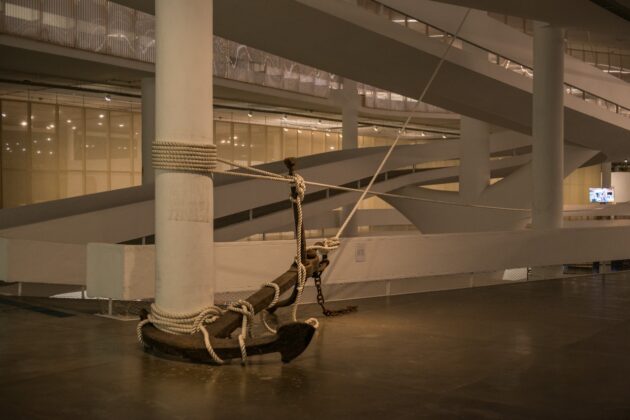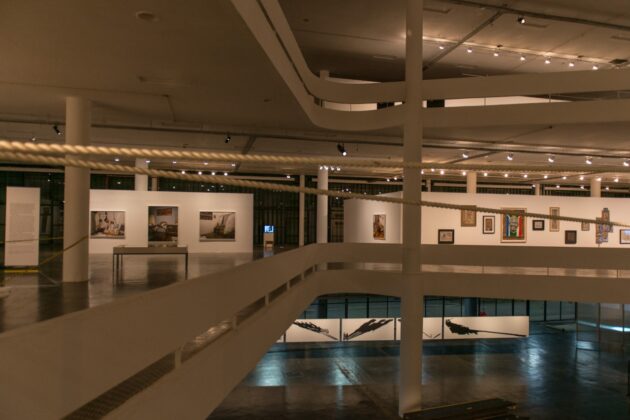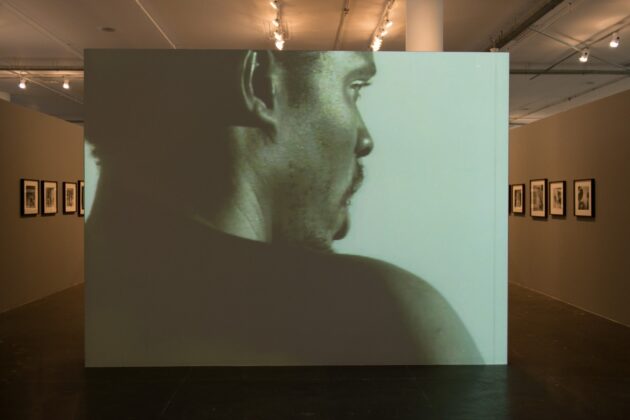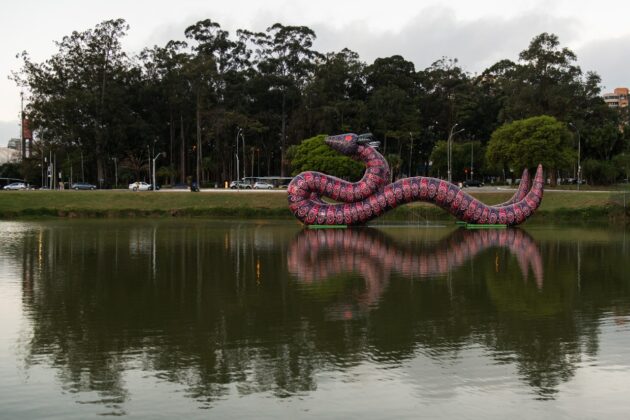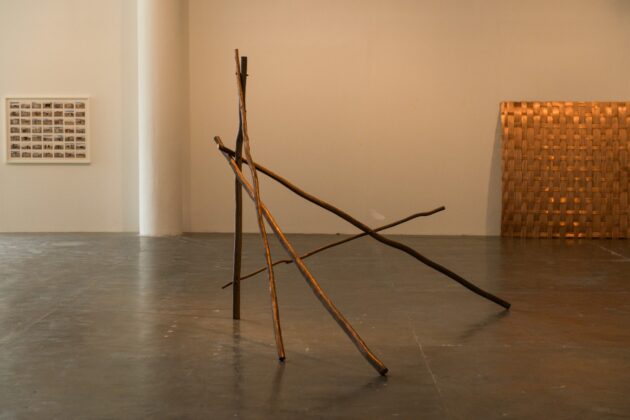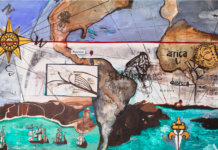
A opening of 34a São Paulo Biennial this Saturday, the 4th, more than a year later than expected, seems to definitively decree the end of the quarantine in the arts circuit, giving even more breath to the hectic schedule that has been moving museums and galleries in recent days and that, strategically, disregards that we are still far from overcoming the risks of the pandemic. It should be noted that access to the biennial is only possible upon presentation of proof of vaccination. With more than a thousand works spread across the gigantic 35-square-meter Ciccillo Matarazzo Pavilion, the show – traditionally a high-impact event that usually attracts the attention of the public, the media and the specialized sector – has this year an extra appeal: the strong political tone present in a significant part of the selected works, which function as a cry of resistance that becomes even more acute on the eve of the government's orchestrated demonstration to undermine institutions and reduce the democratic space in the country.
As a whole, the exhibition seems to embody the idea expressed in its title. It's dark but I sing, taken from a poem written by Thiago de Mello written in 1963, is a clear call to survive and challenge, to face the erosion of hard-won rights, through art and culture. But this process of resistance takes on different nuances, as the curators – Jacopo Crivelli Visconti (general) and Paulo Miyada (deputy) – like to ponder – when they state that they sought to escape classification, leaving everything in a greater state of indeterminacy. It is evident, when observing the selected works, a coexistence in the same space of different tonics, with works of great critical content, such as the fascinating and frightening labyrinth of glasses studded with bullets by Regina Silveira, made especially for this edition of the Bienal, living with more subtle and historical expressions, such as the delicate pictorial exercise by Giorgio Morandi (1890-1964) or Eleonore Koch (1926-2018).
In addition to the title, the exhibition was conceived as a function of some statements, elements of strong symbolic weight, magnetized with poetic and historical content, which the public encounters along the way. An example of these statements, which seems to contaminate and illuminate in a surprising way the works around him, is the series composed of dozens of portraits of the North American abolitionist Frederick Douglass (1818-1895), who used his own image as a tool in the struggle for freedom and against racism. In front of this powerful panel is a gigantic anchor, weighing more than a ton, which makes up the work Atlantic Complex – Ropes, Arjan Martins, a configuration that is only apparently abstract, which takes up the central space of the Pavilion and refers to the “Atlantic triangle”, trade between Europe, America and Africa responsible for the maintenance of the slave economy. Both works deal directly with our past, with echoes in the present. And, in their friction in the exhibition space, they reverberate much more intensely. The same occurs between the monotypes made from images of volcanoes by Carmela Gross, gathered in the work Boca do Inferno, and the Santa Luzia meteor, one of the few pieces that survived the fire that destroyed a National Museum, precisely because it is made of the same magmatic material and resistant to a fire that threatens us intensely.
With a very airy setup, without intense accumulation of work along the pavilion, the show seems to either take advantage of empty and generous spaces, or to make use of more intimate niches, created through structures that compartmentalize the spaces. Made with three types of materials - jute, polyethylene and wood - these partitions break the monotony of empty space and create textures, intermediate spaces between the scale of the body and the urban scale. “It's like skins, layers of memory in time and space,” explained Carla Zaccagnini, one of the guest curators, at the press conference held this Thursday.
With more than 90 artists and an intentional search for diversity - encompassing different themes, generations and languages -, the specific presence of the portrait in the selected works is surprising. As if these questions of resistance to oppression materialized in a forceful way in an effort to build identities, especially using one's own body, as the masterful Soul in the Eye, by Zózimo Bulbul and the aforementioned photos by Douglass.
One of the fundamental theoretical references of the 34a edition is the work of the thinker Edouard Glissant, from Martinique. And, more specifically, his concept of the right to opacity, which is directly opposed to the imposition of Western rationality – which hinders, submits and discards that which does not fit into the current paradigms. “The racist refuses what he does not understand”, points out the writer. This defense of opacity can be understood in multiple ways in the show, also in a more direct line with the notion of darkness contained in the title. After all, “a single way to have light can also be oppressive”, recalls Miyada. Or, as Crivelli Visconti summarizes, “I don't need to fully understand the other to recognize his humanity”.
This aspect becomes relevant when one considers that this edition of the Bienal is certainly the one with the most indigenous artists, both Brazilian and from other regions of the planet. The presence of Jaider Esbell is intense, for example, who presents a huge panel of drawings and cutouts on the third floor, in which he incorporates in images the frictions between different cultures. Also noteworthy in the show is a still uncommon balance between the different genres and an attentive look at oppressions of a historical or contemporary nature. And it also opens up space for other forms of artistic expression that go against notions of progress, exploration of nature and the inability to dialogue between different systems of knowledge, dealing with issues such as identity, oppression and struggle.
Service: 34th Bienal de São Paulo – It's dark but I sing
Ciccillo Matarazzo Pavilion – Ibirapuera Park, São Paulo
From September 4th to December 5th, 2021
Free admission
Access upon presentation of proof of vaccination against Covid-19


